How to Get Root Rights on Ubuntu
Execute root with sudo command

Press Ctrl+ Alt+T to open a terminal window. Because Ubuntu locks the root account by default, you cannot use commands suto become a super user like in other Linux distributions. Instead, start your command with sudo.

Enter sudobefore the command. 'Sudo' stands for 'Super User Do.' When you use sudo to start a command, the command will be executed as a super user.
For example, the command sudo /etc/init.d/networking stopwill stop network services, while the command sudo adduserwill add new users to the system. These tasks all require super user permissions.
You will be asked to enter your password before sudo executes the command. Linux will save your password for 15 minutes, so you don't have to enter it again and again.

Enter gksudobefore executing a command to open a program with a graphical user interface (Graphical User Interface, referred to as GUI). For security reasons, Ubuntu does not recommend using 'sudo' to open programs in the GUI. Instead, enter gksudobefore the program start command.
For example, you can type gksudo gedit /etc/fstabto open the file "fstab" using the Gedit editor program in the GUI.
If you use KDE Window Manager, use kdesudoinstead gksudo.

Emulates a high-level user environment (root shell). If you are an advanced user who needs real root shell access to execute specific scripts, you can simulate a high-level user environment with sudo –i. This command will give you super user access to root's environment variables.
Enter the command sudo passwd rootto create a root password, essentially 'activating' the account. Don't forget this password.
Enter sudo -i. Then enter the root password when prompted.
The command line interpreter will change the word$wall#, meaning you already have root access.
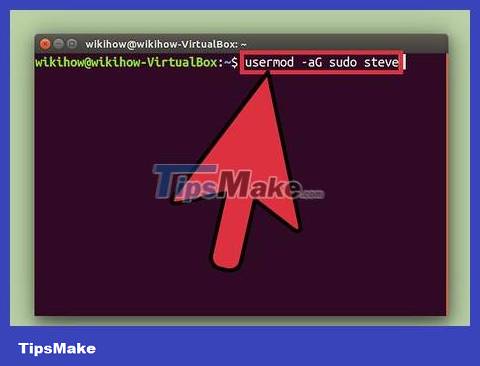
Grant access sudoto other users. If you're setting up an account for someone who doesn't have root privileges, you'll need to add their username to the sudo group. To proceed, type usermod -aG sudo username(replace 'username' with the specific username).
Enable super users

Press Ctrl+ Alt+T to open a terminal window. For security purposes (and to avoid damage), super user accounts are always locked by default. To safely execute commands as a super user, you should instead use sudoor gksudo. If you absolutely must have a separate root account (if it's required by a program your business uses, or if this dedicated computer is only used by a single user), you can Enable a super user account with a few simple commands.
Ubuntu does not recommend enabling super user accounts as this may pose risks to the system.
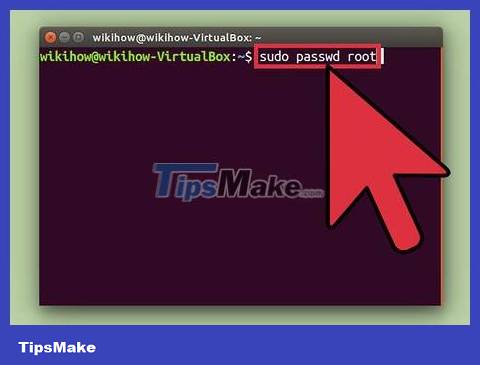
Enter sudo passwd rootand press ↵ Enter. You will be asked to set a new password for the super user account. Please remember this password.
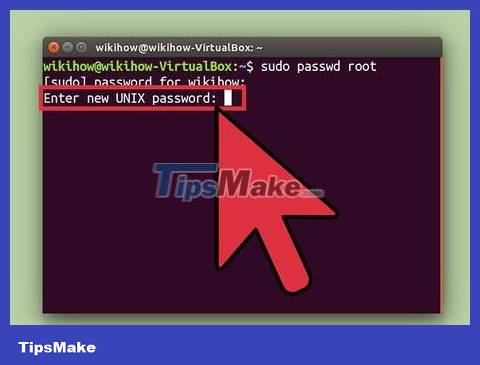
Enter the password, then tap ↵ Enter.
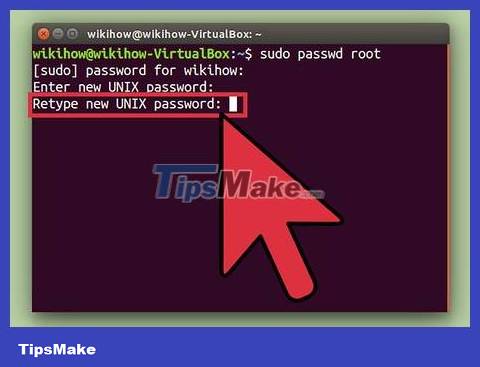
Re-enter your password when asked, then tap ↵ Enter. So the super user account has a password set.
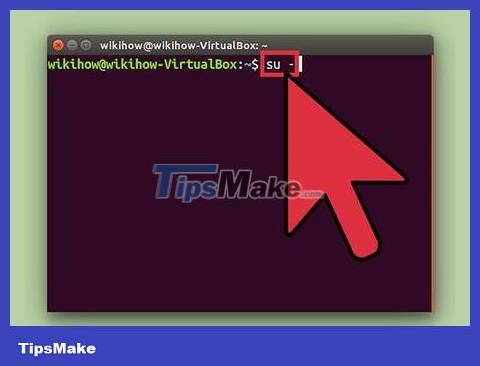
Enter su -then press ↵ Enter. Enter the root password when asked in the root prompt.
To disable the super user account, enter the command sudo passwd -dl root.
You should read it
- How to assign admin rights to users in Ubuntu
- How to open admin and folder permissions in Nautilus
- What's New in Ubuntu 21.10?
- How to Take Steps to Protect Human Rights
- What is the root directory?
- How to Solve Incorrect Password ...Try Again Error in Ubuntu
- A comprehensive guide to root the Samsung Galaxy S7 or S7 Edge
- Is root Android phone still a must-do?
May be interested
- How to Change the Root Password in Linux
 this wikihow teaches you how to change the linux root password if you have the current password or if you don't have access to the current root password. open a terminal window. to do so, press ,https://help.ubuntu.com/community/usingthe...
this wikihow teaches you how to change the linux root password if you have the current password or if you don't have access to the current root password. open a terminal window. to do so, press ,https://help.ubuntu.com/community/usingthe... - Why is Ubuntu LTS preferred over regular distros?
 ubuntu is one of the most widely used linux distributions among software developers and other content creators. ubuntu is also used for many servers around the globe.
ubuntu is one of the most widely used linux distributions among software developers and other content creators. ubuntu is also used for many servers around the globe. - Instructions to disable Root account on Linux
 if you're a linux user, you've probably heard the phrase 'root'. basically root is the account that has complete control of the entire linux system, which means that when using a root account you can change any settings on the system. this can cause extremely dangerous problems for system security, and advice if you are a 'high-end' user should use root.
if you're a linux user, you've probably heard the phrase 'root'. basically root is the account that has complete control of the entire linux system, which means that when using a root account you can change any settings on the system. this can cause extremely dangerous problems for system security, and advice if you are a 'high-end' user should use root. - What's new in Ubuntu 18.04 LTS just released?
 ubuntu 18.04 lts code-named bionic beaver has just been officially launched on april 26th. this version is canonical's up to 5 year support period.
ubuntu 18.04 lts code-named bionic beaver has just been officially launched on april 26th. this version is canonical's up to 5 year support period. - Instructions to root Android easily and quickly
 after rooting your android device, you have full access to the system and can run many types of applications that require root access. these applications can disable bloatware, allow application control, enable connections and many other great things.
after rooting your android device, you have full access to the system and can run many types of applications that require root access. these applications can disable bloatware, allow application control, enable connections and many other great things. - Facebook on Android requires Superuser (super user) permission to panic
 the recent application of facebook on android requires super user rights, which has caused many users to worry because this action will give the application full access to the device.
the recent application of facebook on android requires super user rights, which has caused many users to worry because this action will give the application full access to the device. - How to enable root user on a Mac to take complete control of the device
 apple has turned off root user access by default. if you still want to learn how to enable root user on macos, follow the instructions below.
apple has turned off root user access by default. if you still want to learn how to enable root user on macos, follow the instructions below. - Root way of Android phones 7.0 / 7.1 Nougat with KingoRoot
 android 7.0 / 7.1 nougat has been officially released for a while. as the latest operating system, many users wonder how to root android quickly and easily. kingo offers android users a safe, fast and rooted android phone.
android 7.0 / 7.1 nougat has been officially released for a while. as the latest operating system, many users wonder how to root android quickly and easily. kingo offers android users a safe, fast and rooted android phone. - How to prolong the life of Ubuntu 18.04 installation with Ubuntu Pro
 ubuntu 18.04, bionic beaver, is one of the most popular distros in use today, but support will end in may 2023, meaning you won't receive updates or security patches anymore.
ubuntu 18.04, bionic beaver, is one of the most popular distros in use today, but support will end in may 2023, meaning you won't receive updates or security patches anymore. - Top 15 best feature enhancement apps for Android
 it is true that root device is becoming less and less necessary but there are still many reasons to root the device. it adds the functionality that non-rooted devices can't have as own applications. this article will give you a list of the top 15 best android root apps in 2017.
it is true that root device is becoming less and less necessary but there are still many reasons to root the device. it adds the functionality that non-rooted devices can't have as own applications. this article will give you a list of the top 15 best android root apps in 2017.










 How to Disable IPv6 on Ubuntu
How to Disable IPv6 on Ubuntu How to use GNOME 45's new Activities indicator
How to use GNOME 45's new Activities indicator How are DEB packages turned into backdoors? How to detect?
How are DEB packages turned into backdoors? How to detect? How to override default template in django-allauth
How to override default template in django-allauth How to manage packages in openSUSE with Zypper
How to manage packages in openSUSE with Zypper How to Install Apache Guacamole via Docker on Ubuntu 22.04
How to Install Apache Guacamole via Docker on Ubuntu 22.04